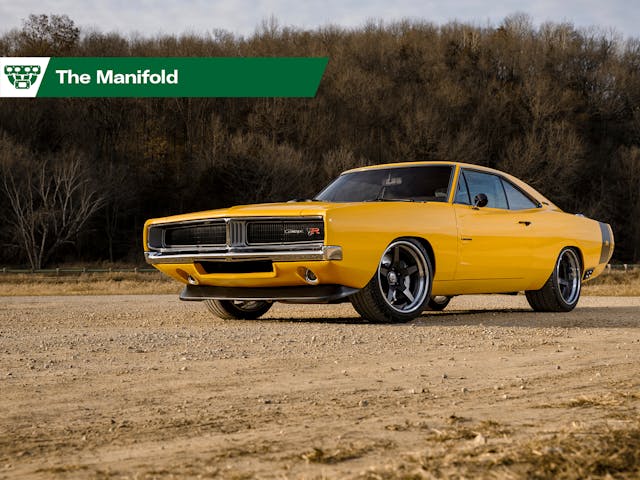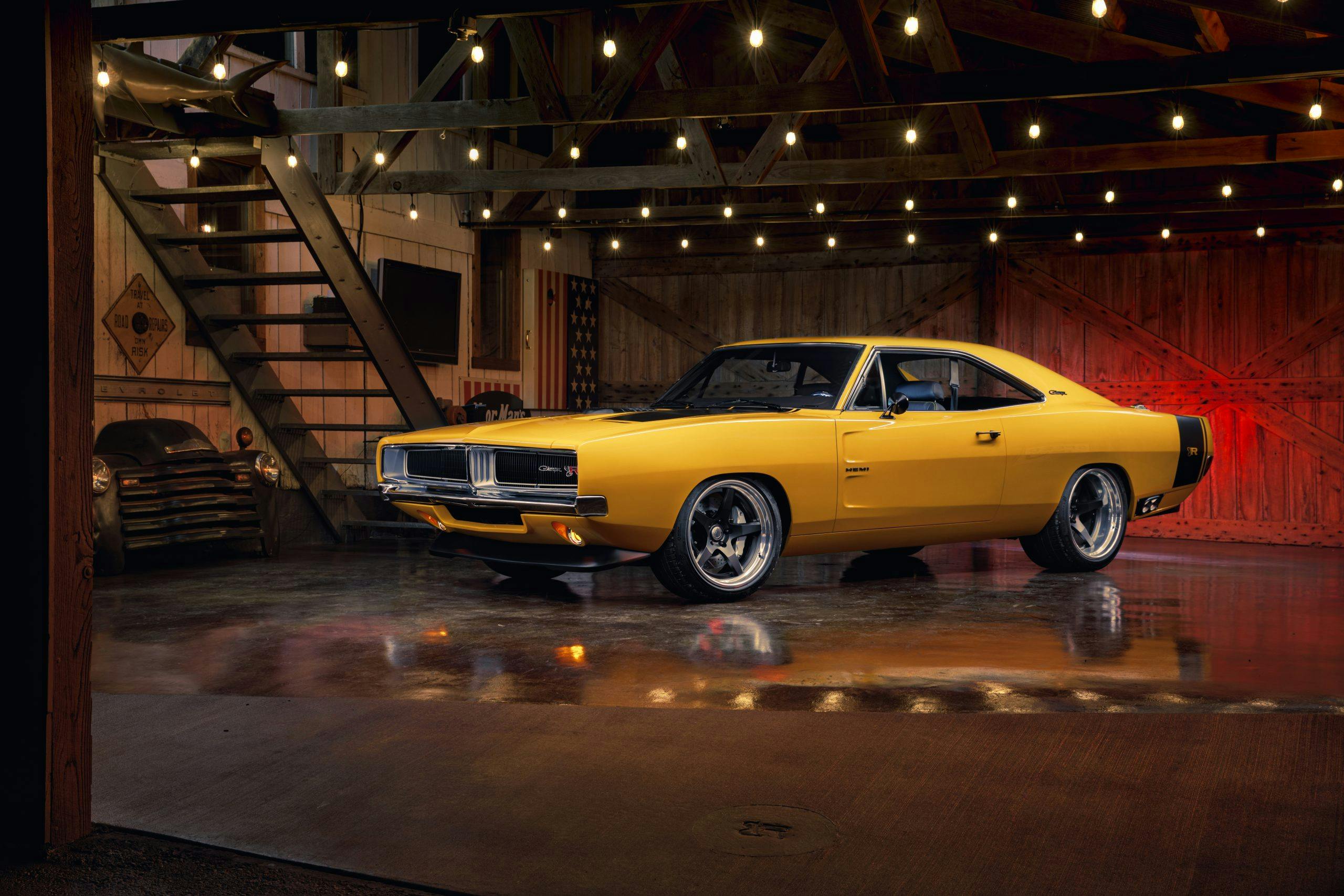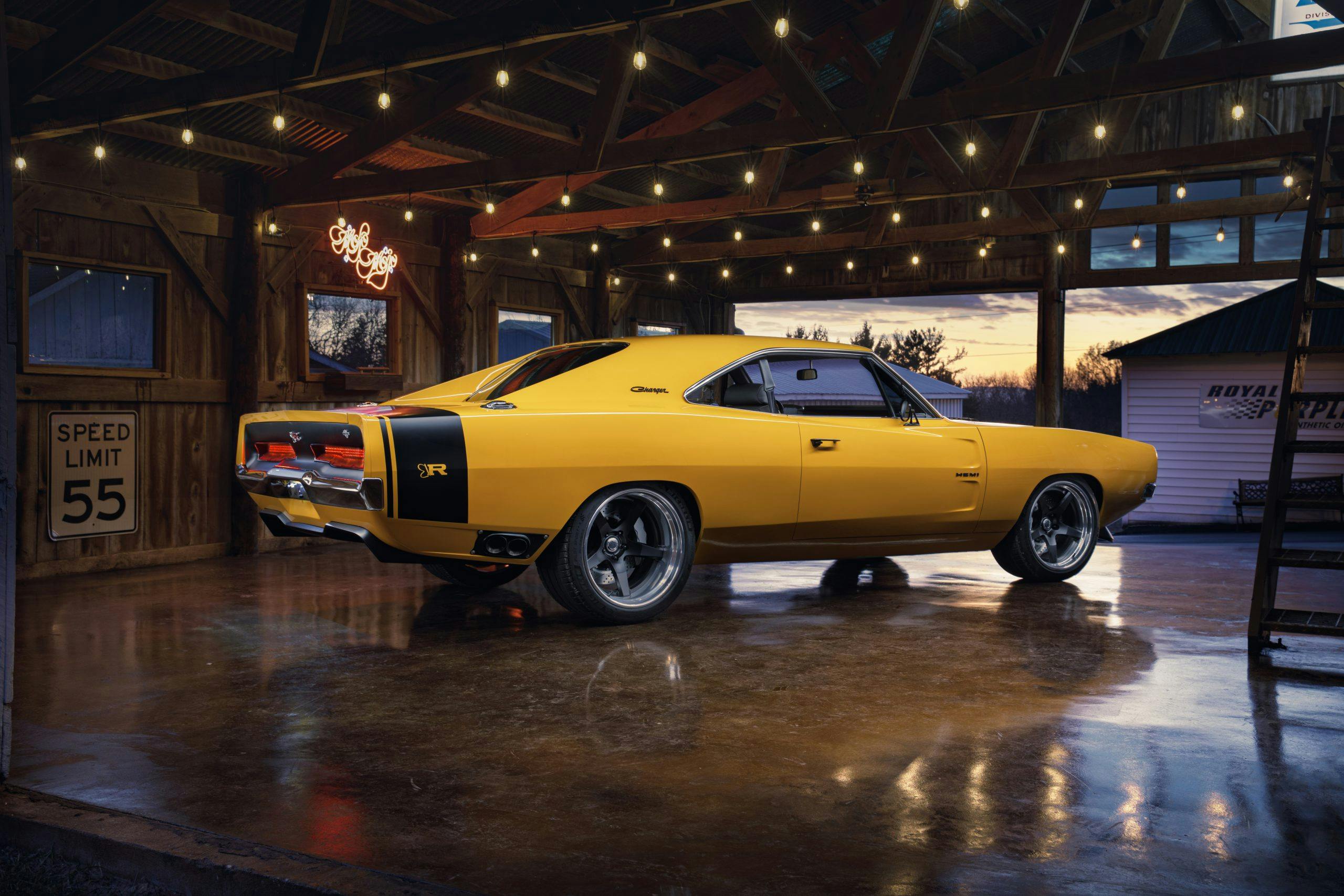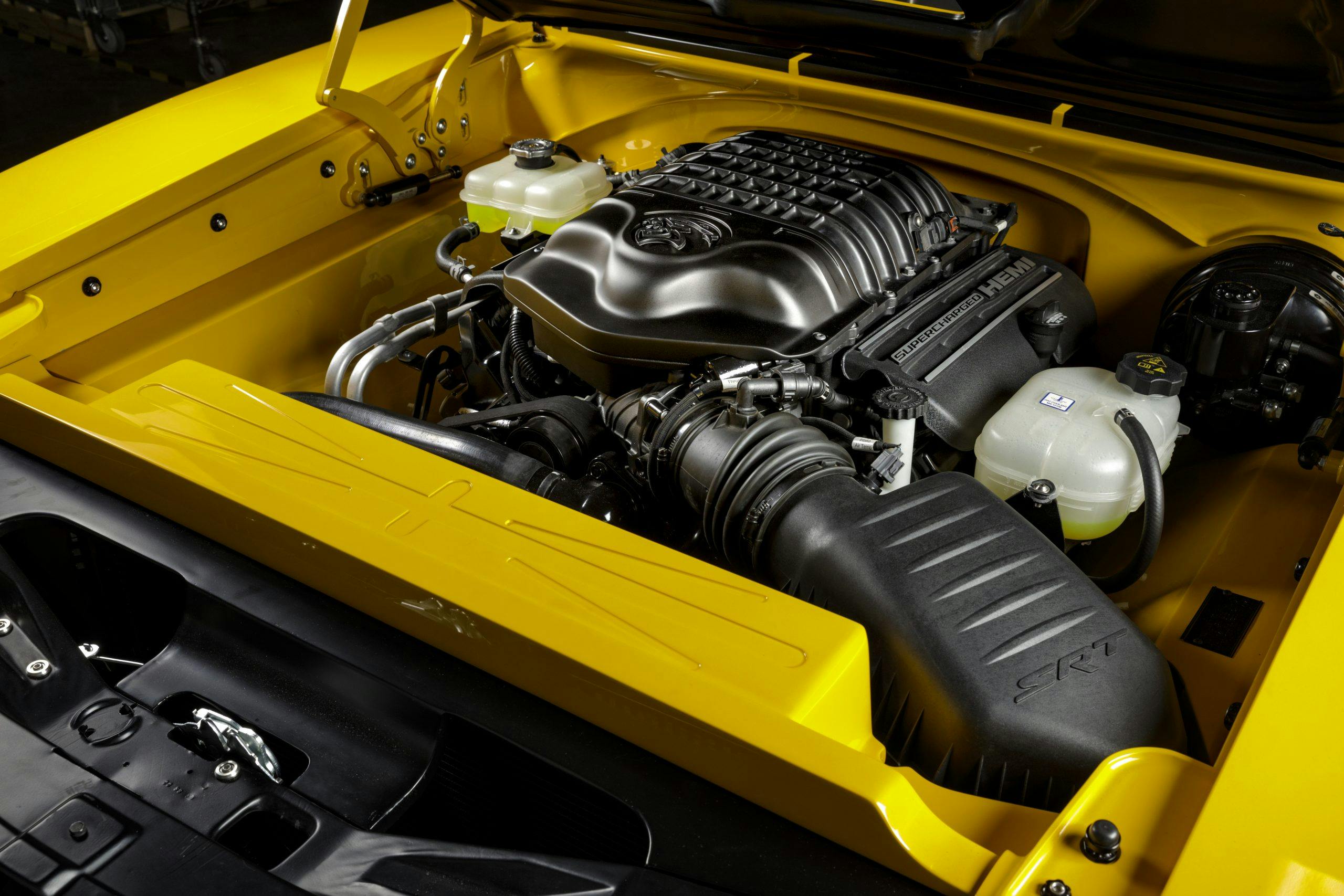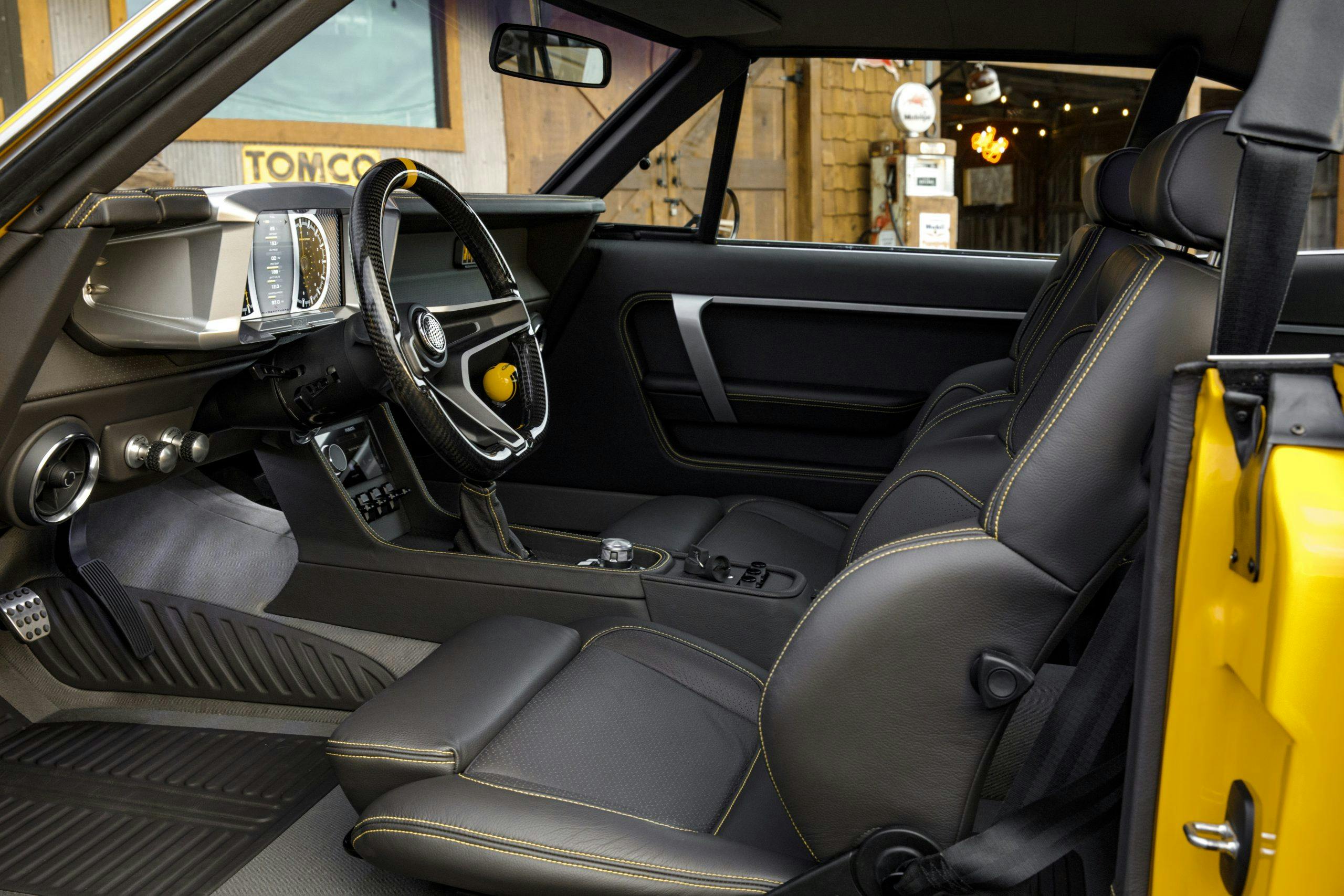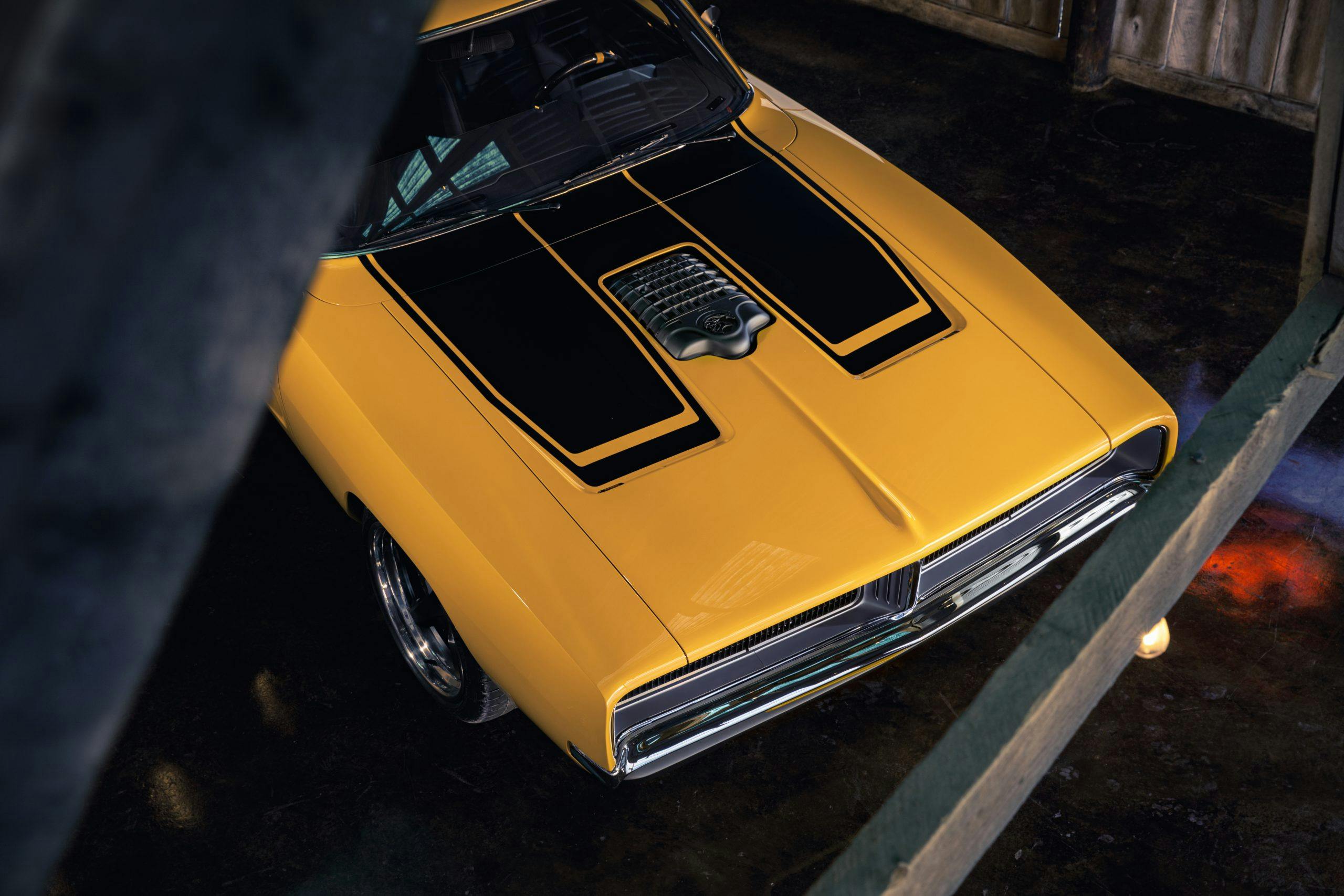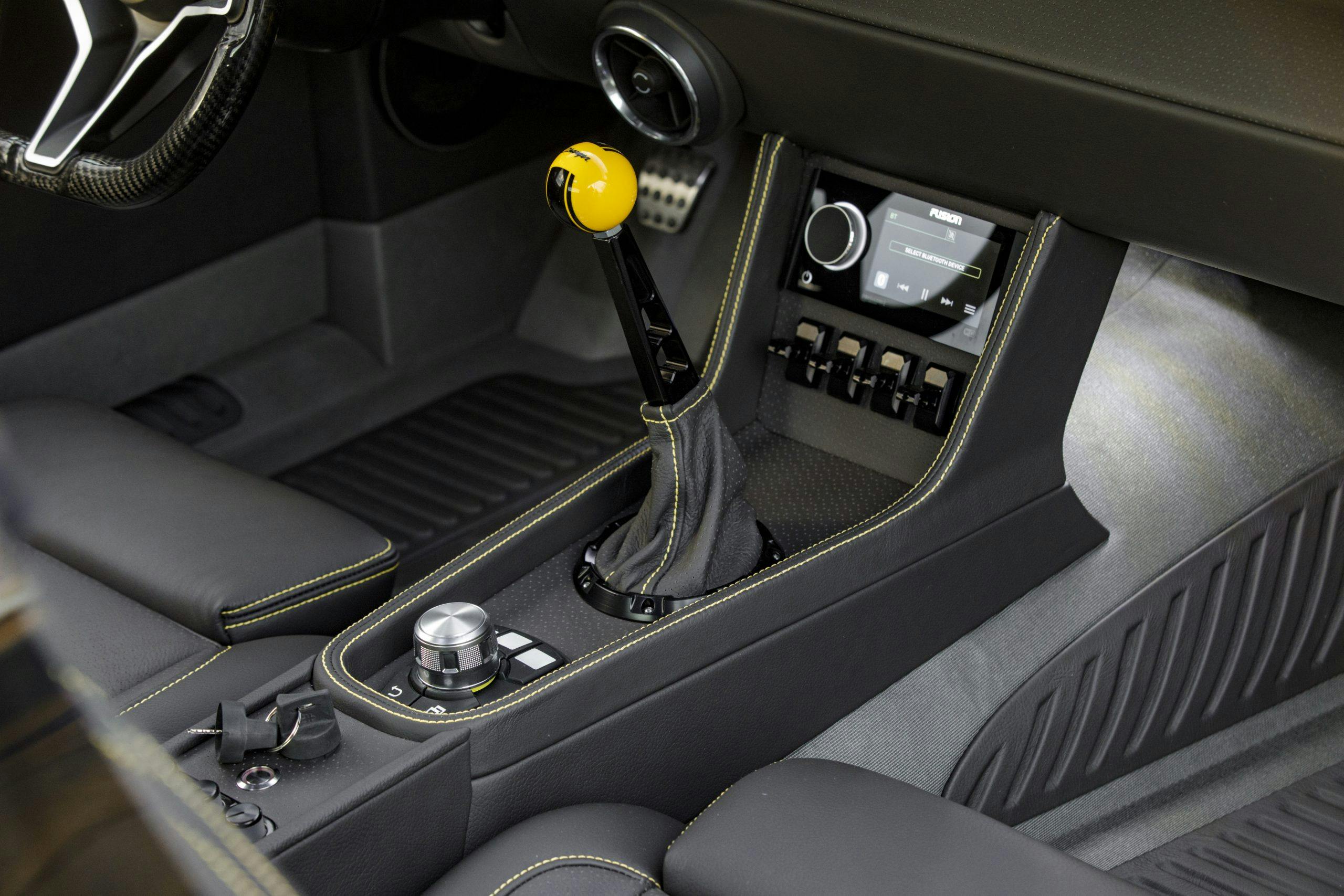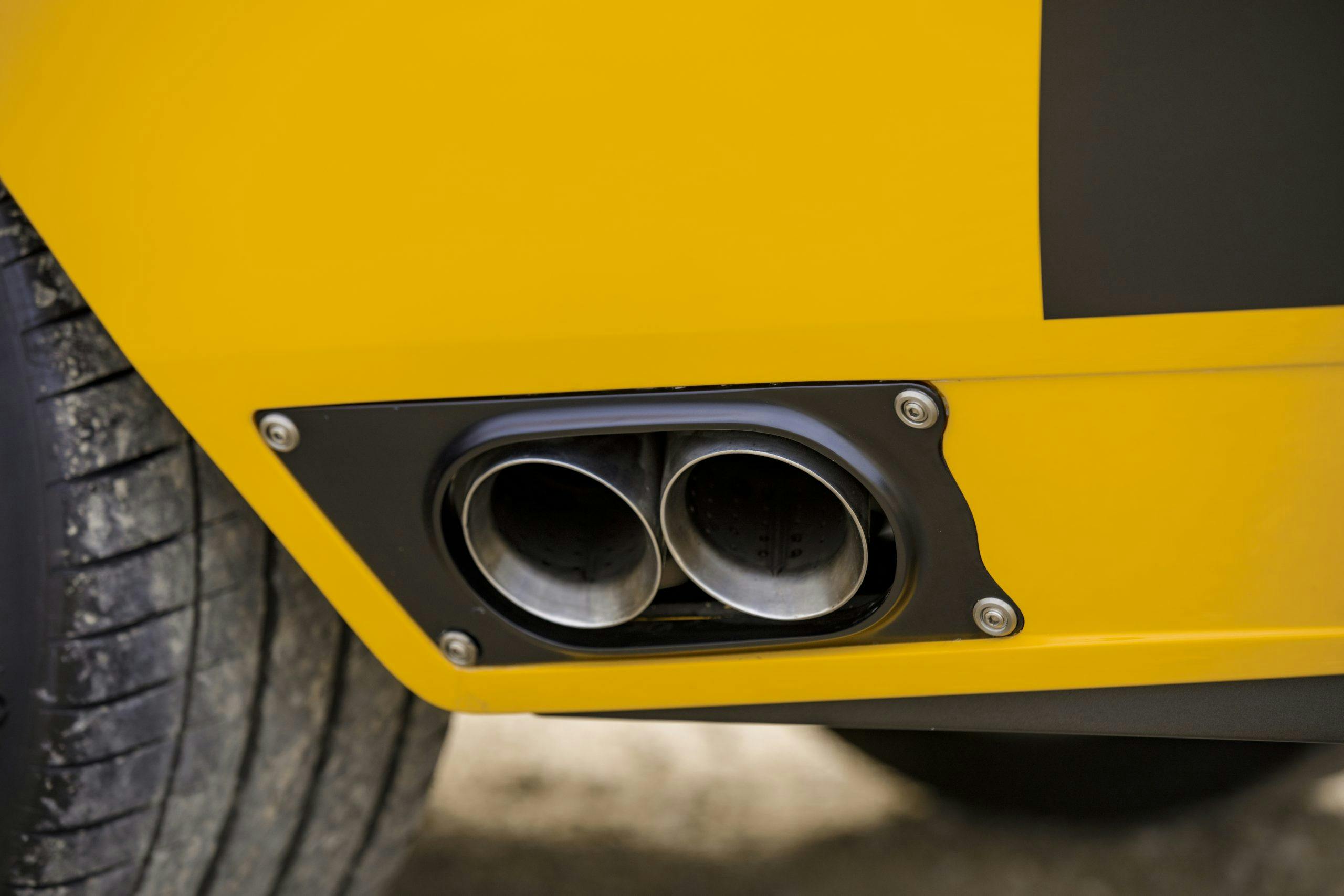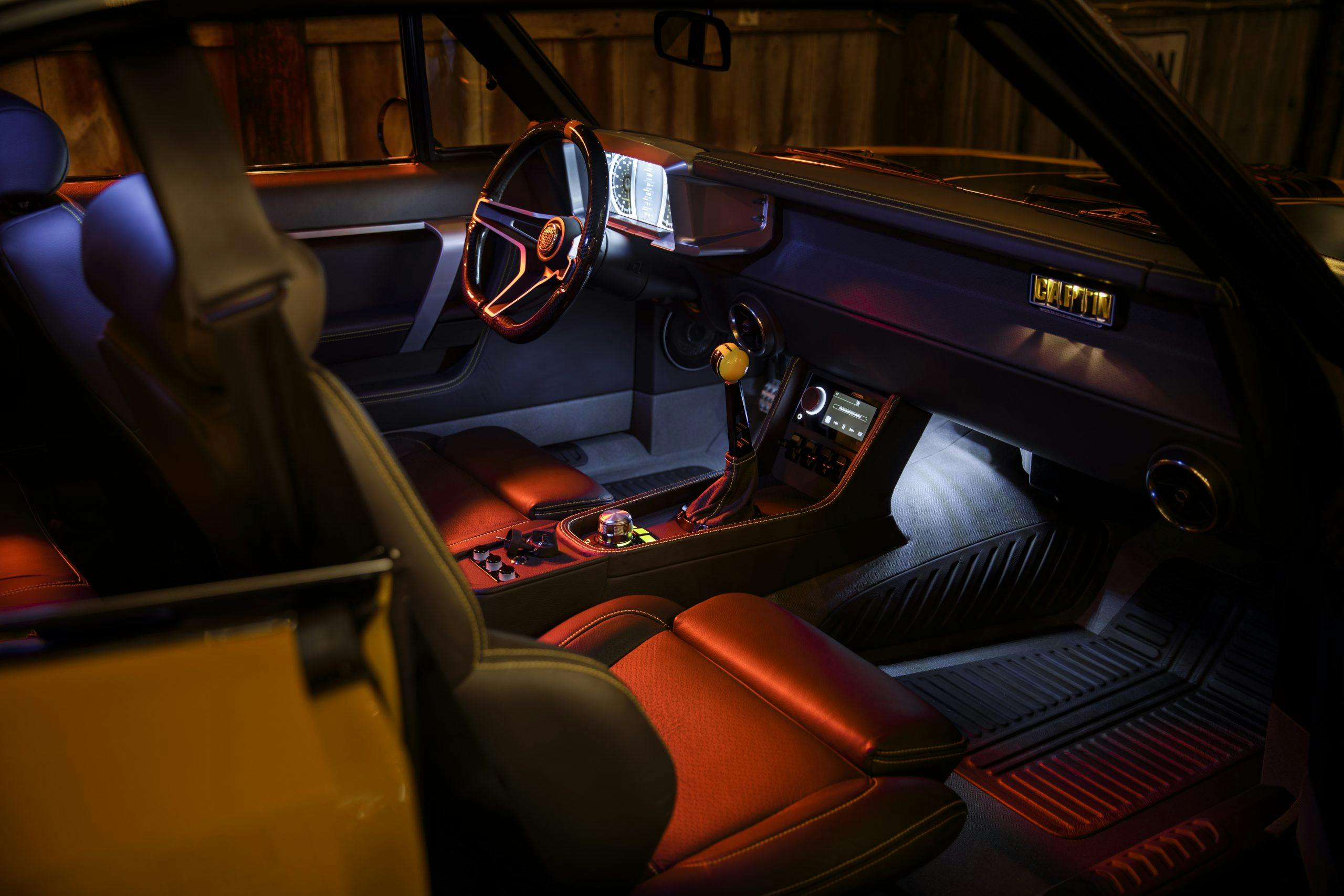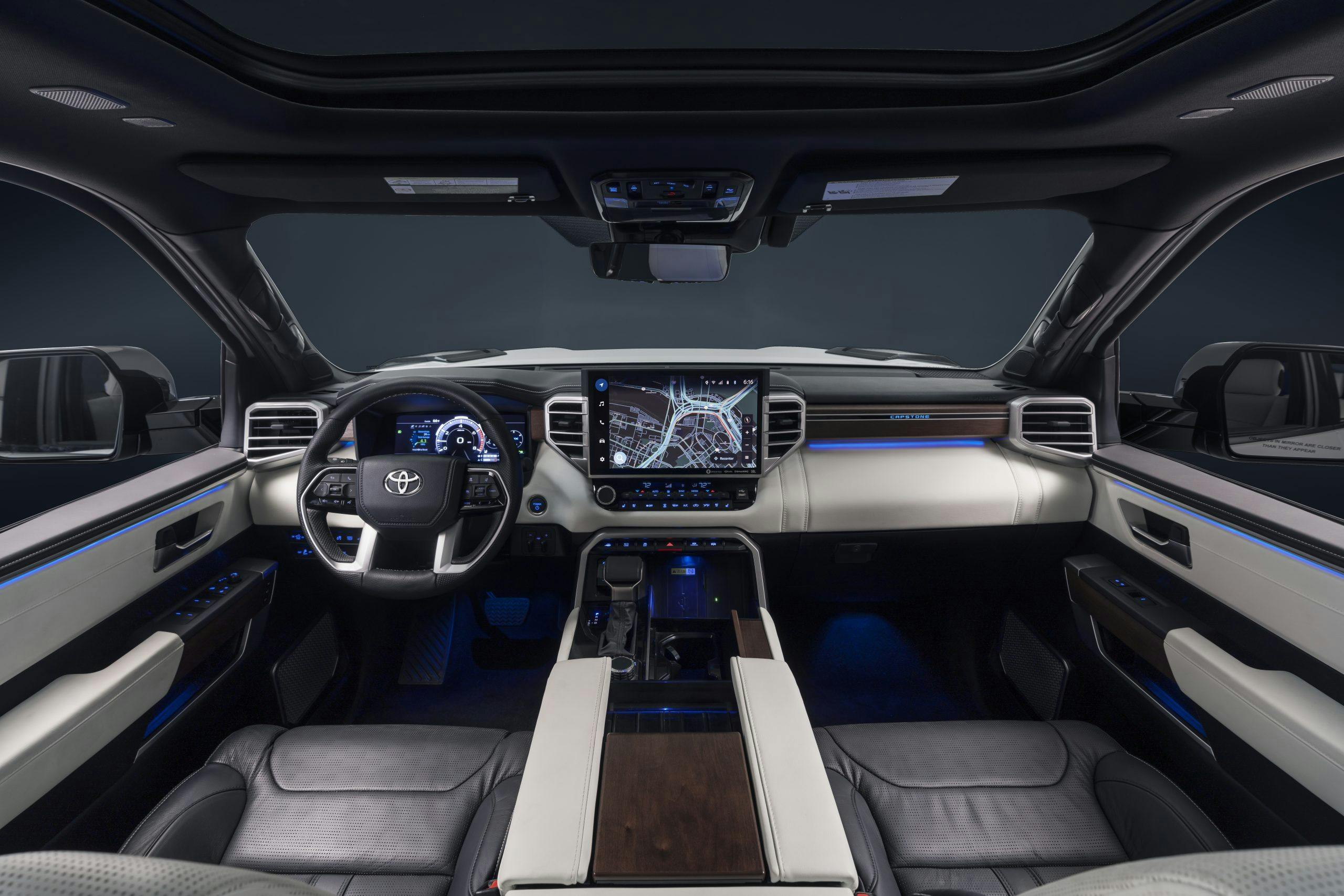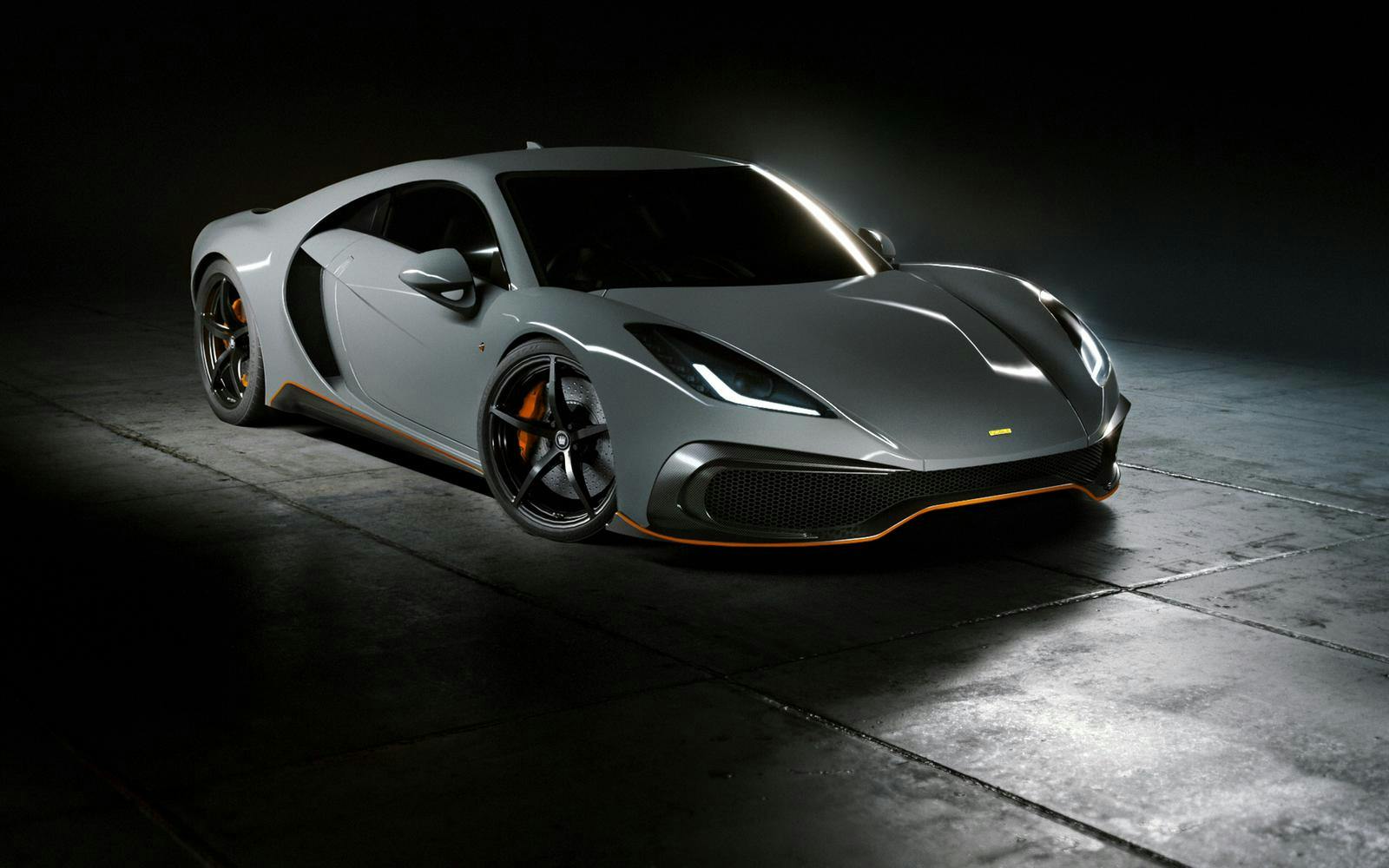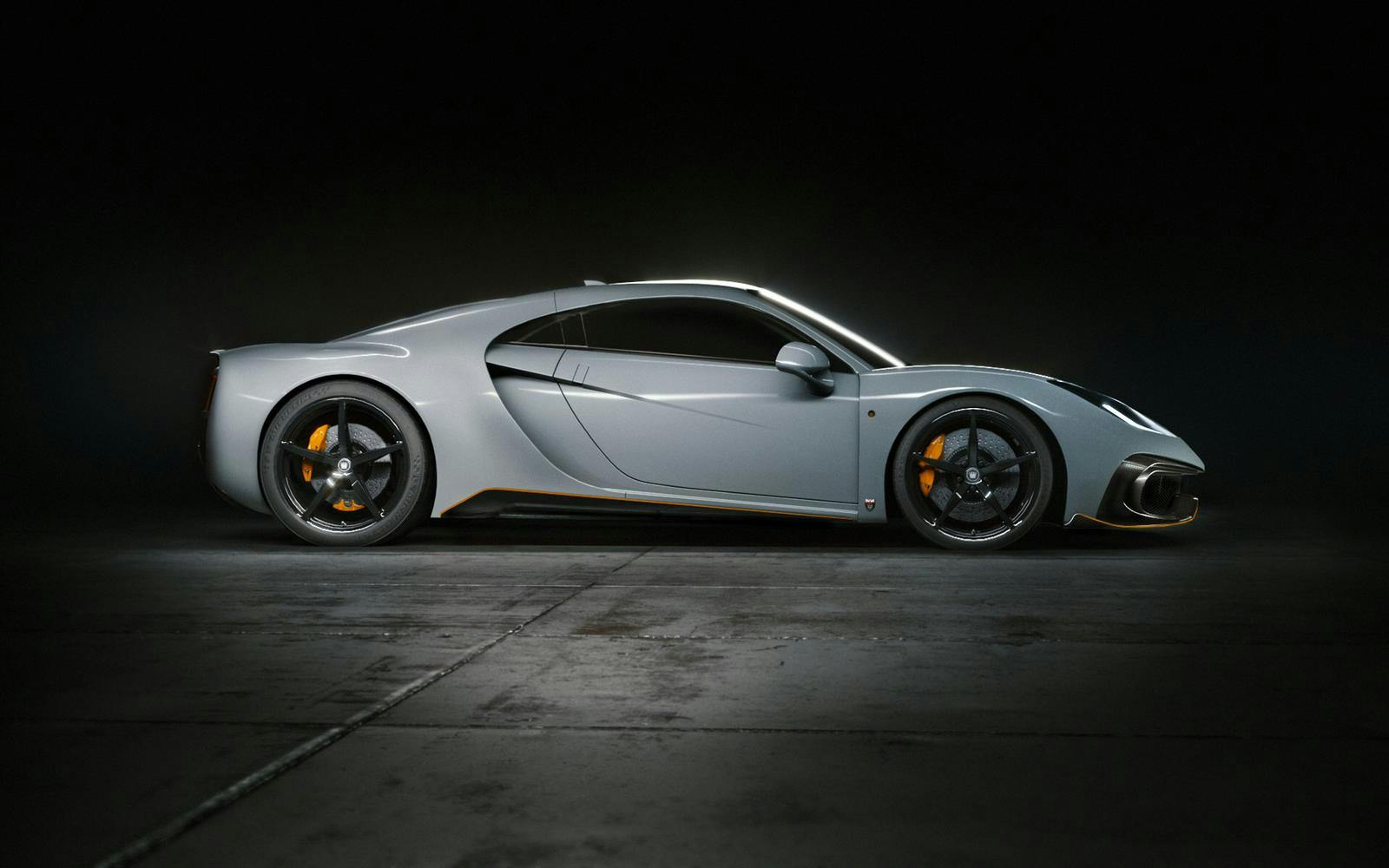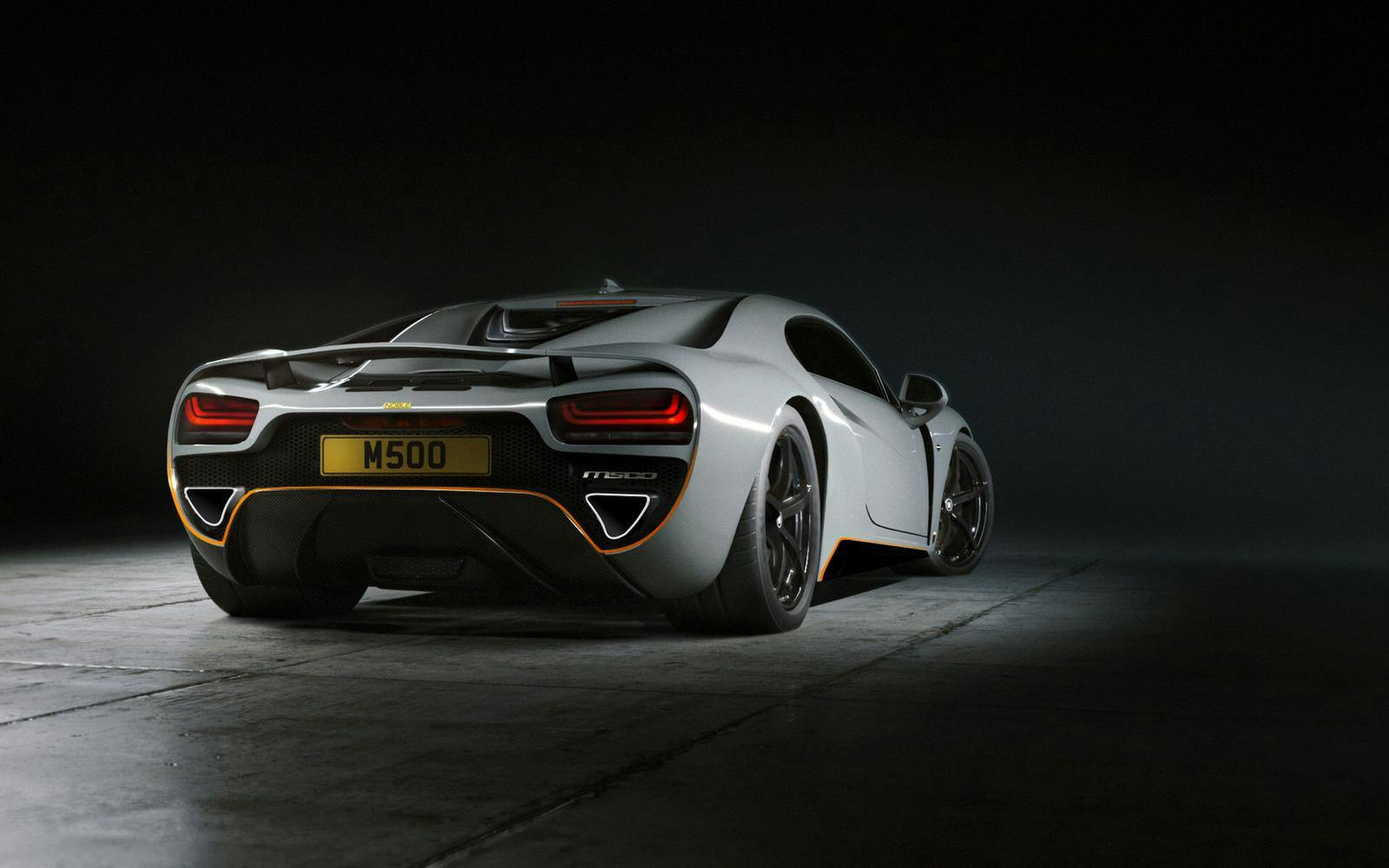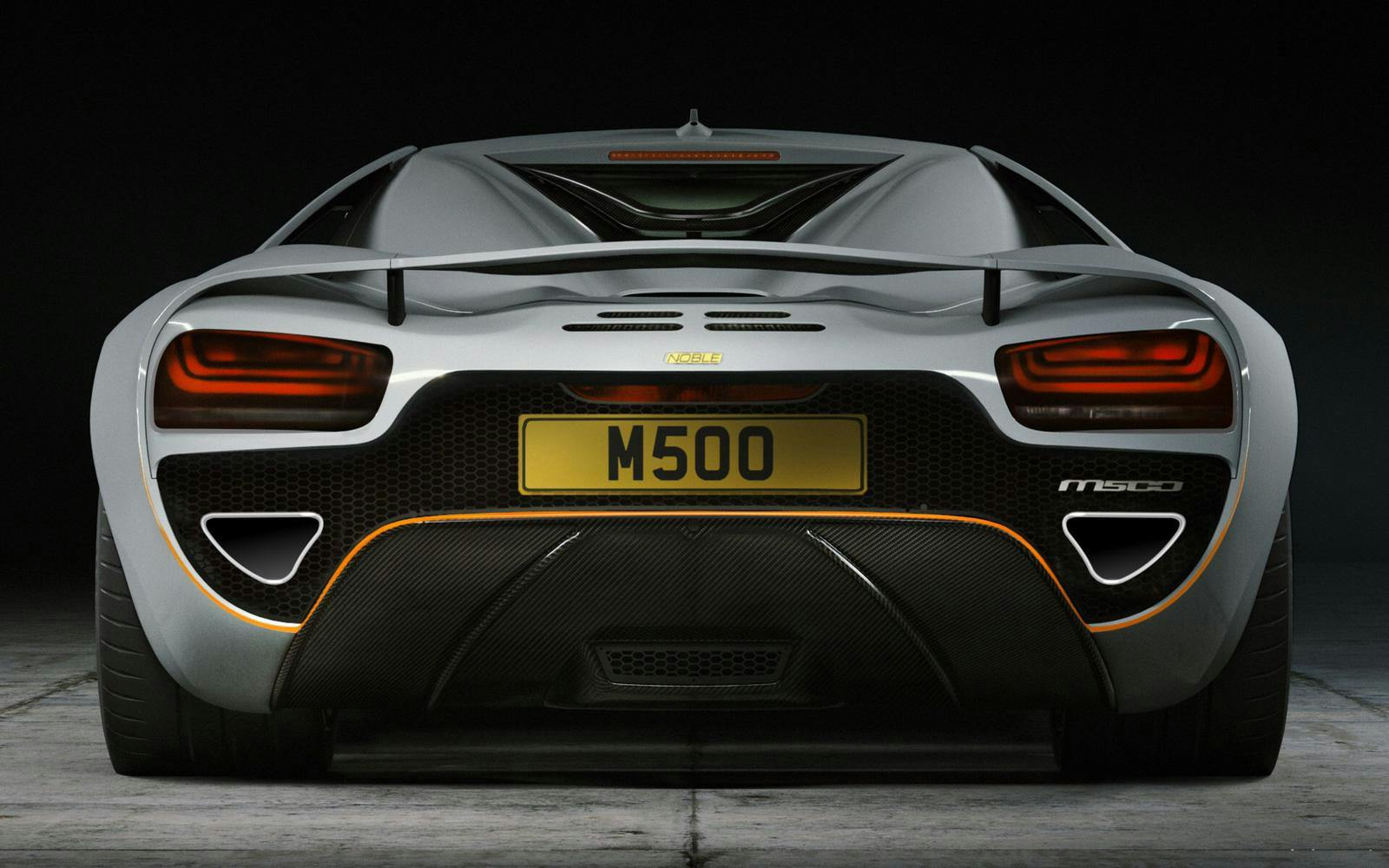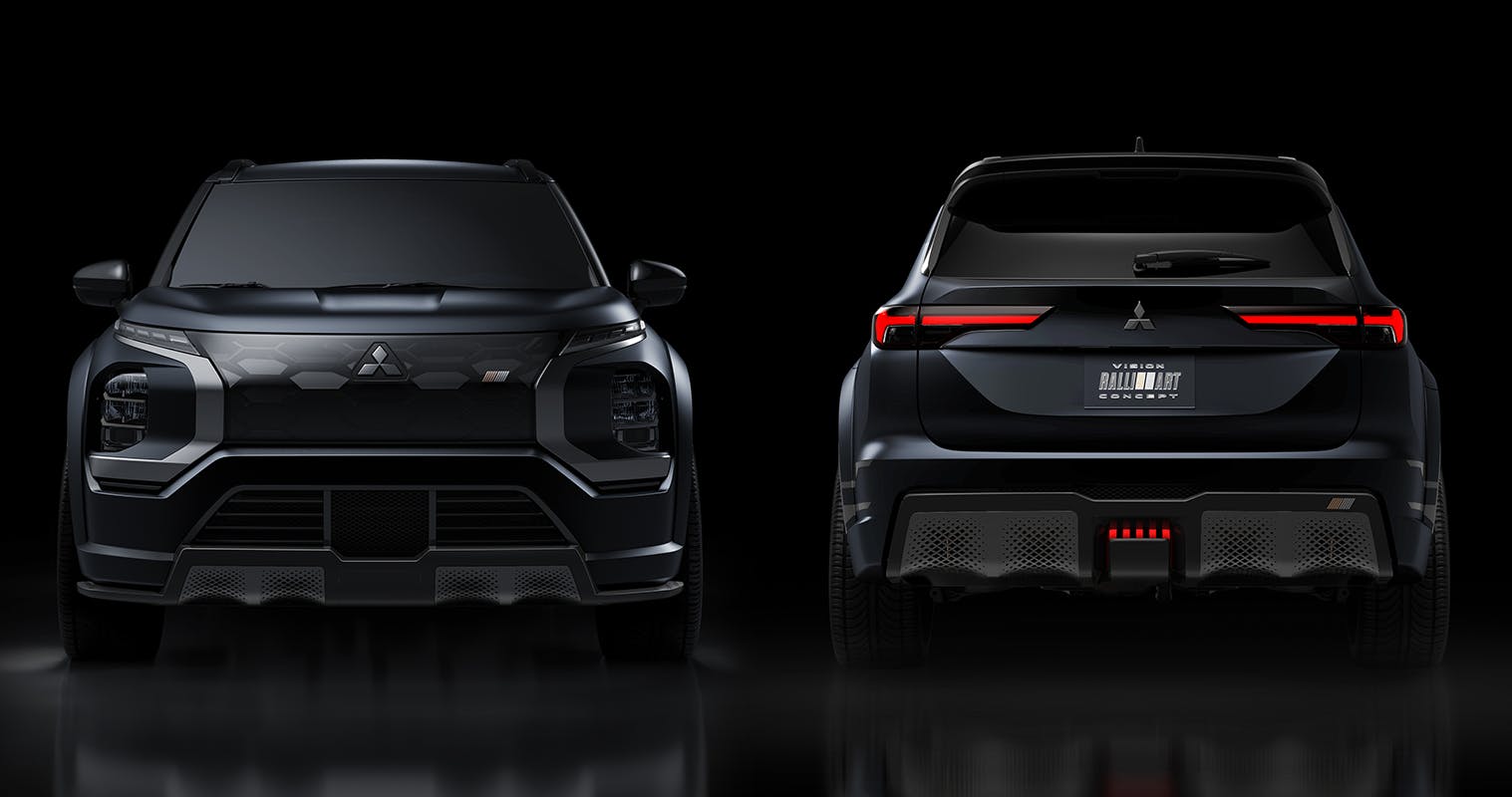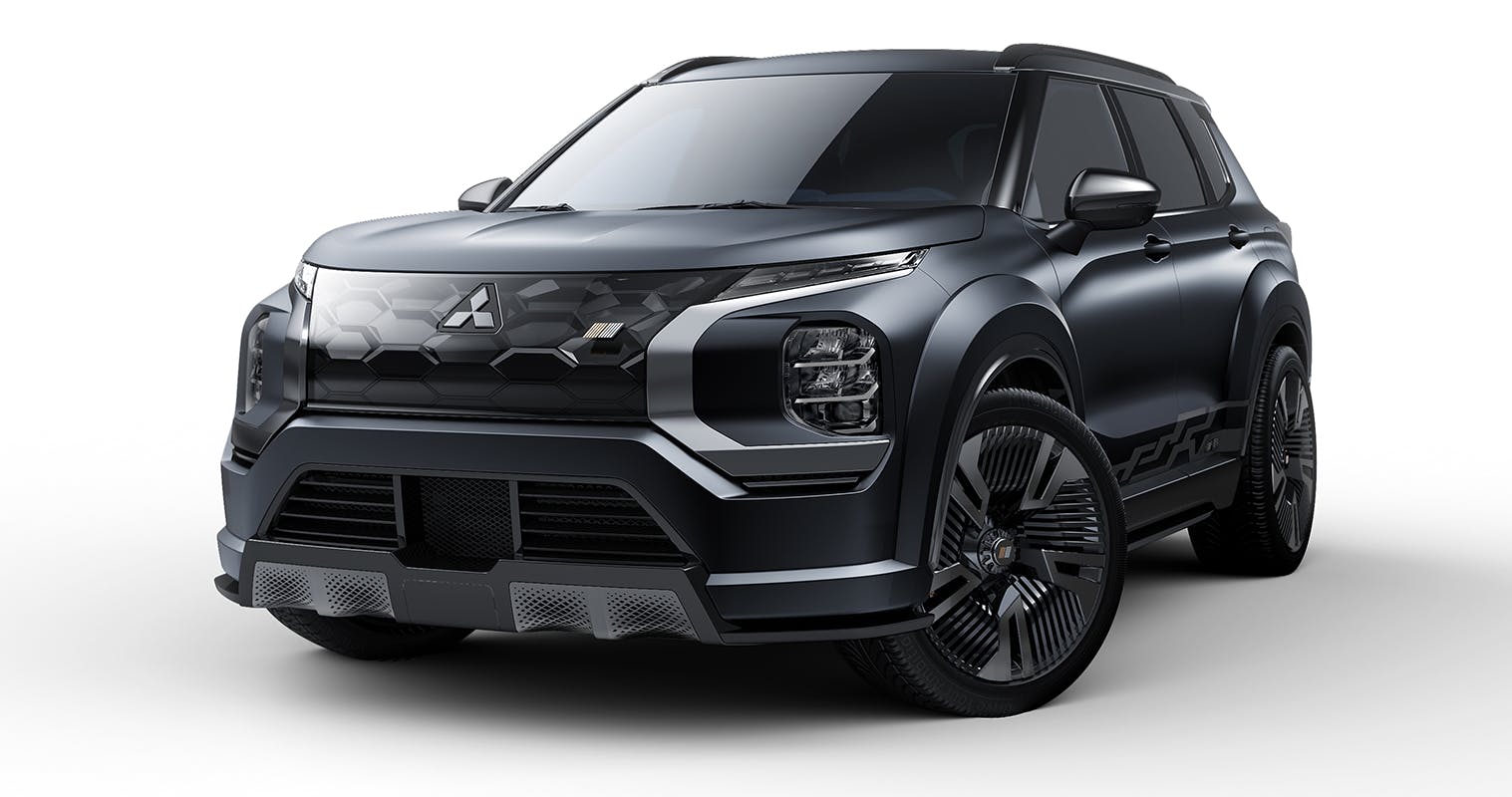A ’69 Charger with a Hellcat heart, Porsche eats $113M for EV independence, a boutique Brit with Ford GT grunt
Ringbrothers unveils a somehow-subtle ’69 Charger with a Hellcat heart
Intake: Four-time Bathurst 1000 winner Greg Murphy is now the proud owner of Ringbrothers’ latest restomod. The years-long effort resulted in a Hellcat-powered muscle car riding on a one-off chassis. Though it’s heading back to New Zealand—where Murphy will take possession of the supercharged, six-speed beast—the 4000-hour project (dubbed “CAPTIV”) remains left-hand drive.
Exhaust: While there are significant changes under CAPTIV’s skin and inside the cabin, where MoTeC digital dash replaces the factory gauges, the Coke-bottle shape of the original Mopar sheetmetal is still totally intact. We’ve always been fans of the Ringbrothers’ creations, especially with the way the shop melds late-model performance (hello, carbon-fiber driveshaft) and styling hints (like the custom HRE rims) into the vehicle’s classic lines. We particularly like how the custom supercharger lid is shown off by way of a hood cutout.
Porsche eats $113M to eschew VW Group’s flagship EV platform

Intake: Porsche has backed out of an arrangement to have its new flagship EV built at a VW commercial vehicle plant and has had to pay $113 million dollars’ compensation to its parent, reports Automotive News Europe. The Hanover factory was set to build the next generation of Porsche electric vehicles alongside electric Audis and Bentleys, all based on the upcoming Artemis architecture (the Volkswagen Group’s answer to Mercedes-Benz’ EQS electric sedan). However, Porsche argued that its customers will always be driving enthusiasts and therefore wouldn’t want all of the advanced autonomous features that the VAG has planned for Artemis-based vehicles. Instead Porsche will further progress its Premium Electric architecture, which is already under development with Audi, and is set to underpin the electric Macan SUV and Panamera saloon. Some 25,000 Porsches EVs were scheduled to be assembled at the Hanover plant, which will shift the capacity to to the new VW ID.Buzz and other models.
Exhaust: It’s a costly move, but one that should delight Porsche fans as it shows that the brand remains focused on providing cars for drivers into the future and not simply autonomous luxury travel devices.
Toyota introduces Capstone as top Tundra trim
Intake: Toyota announced that its all-new Tundra will have a new trim level, or “grade” as Toyota puts it. Capstone will sit atop (pun intended) the Tundra hierarchy, a position previously held by the 1794, which started at $57,690. Capstone will come standard with 22-inch wheels, the largest wheels ever offered on a Tundra, along with a luxury interior featuring semi-aniline leather-trimmed seats and a 10-inch color head-up display. The top trim will only be available as a CrewMax with a 5.5-foot bed.
Exhaust: Toyota is looking to capitalize on the rapidly expanding high-end pickup market. As it had already established the Platinum and 1794 trims that start at around $60,000, the Capstone gives the brand room to go even more upscale without abandoning buyers who had come to love their preferred grade. With Ford’s $73,000 Limited and GMC’s $80,000 Sierra Ultimate, manufacturers clearly are bullish on premium half-tons.
2022 Detroit auto show has a date and a venue

Intake: After what will ultimately be a 44-month hiatus due to the coronavirus pandemic, the North American International Auto Show announced that its 2022 event will be held September 14–25. The NAIAS, which was last held in January 2019, will take place in the Detroit’s Huntington Place Convention Center and around downtown. Press and tech days will be September 14 and 15, and the annual Charity Preview—with proceeds going to Detroit area nonprofits—is set for September 16. The NAIAS will be open to the public from September 17 to 25.
Exhaust: The Detroit auto show, once a highly anticipated winter reprieve, was transitioning to a summer rebirth when the pandemic hit, so the Motor City has been without its automotive showcase event for way too long. Unless (knock on wood) health concerns wreak havoc on the schedule once again, the 2022 NAIAS promises to be an enthusiastic celebration of automobiles—and the opportunity to gather and admire them together.
Noble M500 flies in with Ford GT power and gated-shift goodness
Intake: Boutique British supercar maker Noble is finally replacing its aging, Volvo V-8–powered M600 with a new M500 model driven by the V-6 from the Ford GT. The move will make Noble driving more affordable than before, if a tad slower. New bodywork grants this Noble a more up-to-date look, that’s tidy if a little derivative—we see elements of McLaren 720S, Lotus Emira, and even Audi R8—but underneath, the steel chassis and suspension are essentially the same as the old M600’s. Inside, there are figure-hugging Recaro seats and digitized displays replacing the M600’s old-school clocks. True to Noble form, the driving experience remains distinctly analog, with a Graziono six-speed gated manual transmission and little in the way of driver aids. You won’t even find ABS brakes on the menu. The 3.5-liter Ford EcoBoost V-6 is good for 507 hp and top speed is said to be just shy of 200 mph. Pricing is expected to be around £150,000, or $204,000, with Noble aiming to build 50 cars per year.
Exhaust: Noble has long had a reputation for building fantastic drivers’ cars with track-ready handling and performance. With a lighter Ford V-6 on board we can’t see much changing there. If you’re a fan of old-school supercars who’s a bit wearied by Ford’s relentless appeals to its racing heritage, or if you’re left unmoved by the auto-only R8, join the line.
China no longer requires joint ventures for domestic auto production

Intake: China no longer requires foreign automakers to partner with a local brand to sell their wares in the world’s most populous country. On the books since 1994, this rule was removed from its “Special Administrative Measures for Foreign Investment Access” document for January 2022. While it was seemingly applied everywhere, Tesla inked a deal with the Chinese government sans local partnerships back in July 2018. China softened its stance with automakers, but other industries (like medical institutions) still need a partner, and others (like mining) are ineligible for foreign investment. Another aspect of the now-extinct rule was the number of allowable Chinese partnerships by a foreign manufacturer. It was originally two but, as of this writing, General Motors has 10 partnerships, applicable to its numerous brands.
Exhaust: While China’s governmental controls on automotive partnerships were stricter than those of America, General Motors and Toyota were in a similar situation back in 1984 and did the same thing on their own accord (sorry). The New United Motor Manufacturing (NUMMI) was a joint venture between both automakers, which provided many of the same long-term benefits seen in the Chinese partnership scheme: Toyota learned how to successfully make cars in America and General Motors learned Toyota’s manufacturing principles firsthand. The irony in this analogy is that Tesla was a big winner both times: It took ownership of the Fremont factory from Toyota upon GM’s bankruptcy and garnered the aforementioned preferential treatment from the Chinese government just eight years later. No matter, it’s clear that the Chinese automotive industry has matured to the point where joint ventures are irrelevant—to the point that it is even giving Tesla a record-setting 2.1 billion yuan subsidy to liquidate some of its inventory.
Mitsubishi channels Ralliart heritage into amped-up Outlander concept
Intake: Mitsubishi has its heart set on reviving Ralliart, a performance sub-brand and historic motorsports arm of the Japanese automaker. At the 2022 Tokyo Auto Salon, Mitsubishi laid out how it intends to leverage nostalgia along with modern demand for crossovers. Say hello to the Vision Ralliart Concept—essentially an Outlander PHEV (a model that will be available in the U.S. starting in the second half of 2022) with an amped-up hybrid drivetrain. We can expect higher output from the electric motors, though Mitsubishi isn’t yet saying how much, and a larger-capacity battery pack (again, mum’s the word). As of now, the 2021 Outlander PHEV is a 221-hp proposition with a 60 kW and a 70 kW motor front and rear, respectively, paired with a 2.4-liter four-cylinder. Naturally, the matte-black beastie’s four-wheel drive system has been returned for a sportier personality to mesh with the uprated powertrain.
Exhaust: You may well turn up your nose at yet another electrified SUV with sporting pretensions, but here’s why we’re curious about this spiced-up Outlander: Its smaller sibling, the Eclipse Cross, is an authentic (and, in many ways, authentically weird) Japanese product. Like the Eclipse Cross, and all other Mitsubishi models apart from the Mirage, the Outlander PHEV will be built in Japan. Neither it nor the new Ralliart concept will be everyone’s cup of jasmine tea, but any performance-minded Mitsubishi is a step toward something more exciting. Just look at that badass diffuser!
